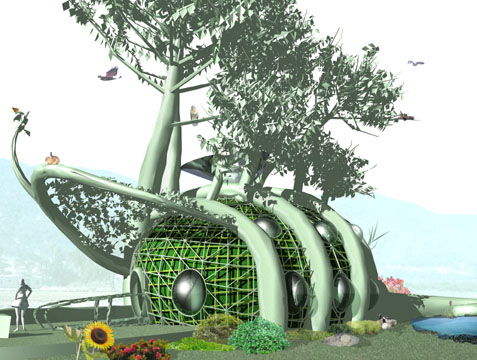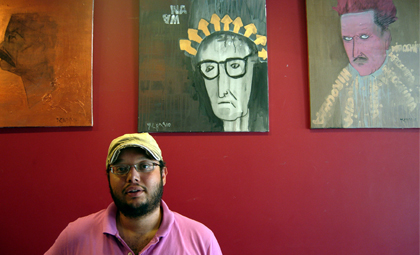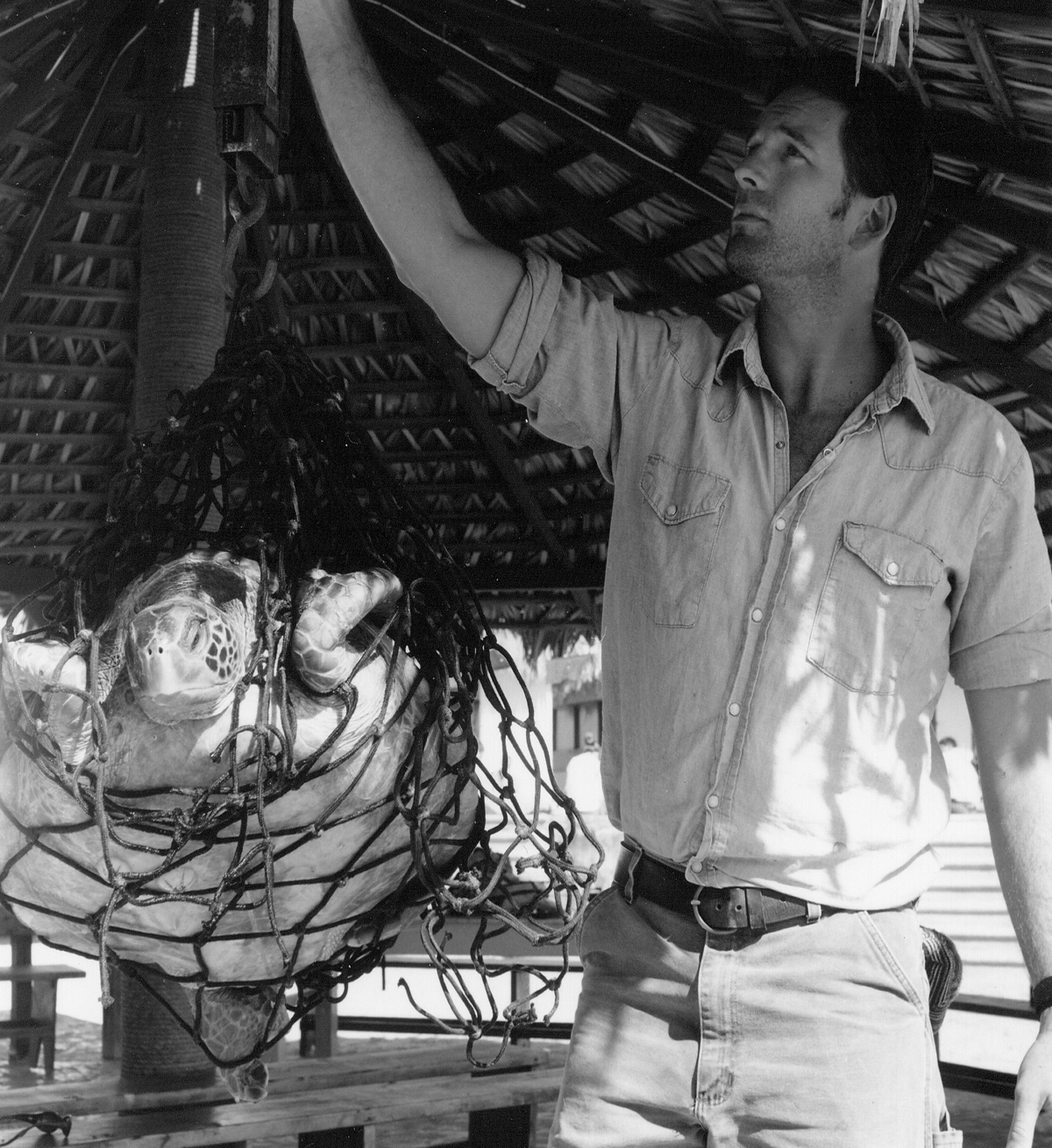
Design by Mitchell Joachim - Courtesy of MJ
If Mitchell Joachim could have it his way, the cities we inhabit would live and breathe cities which adapt principles of physical and social ecology to architecture and urban design. Beyond meets the New York-based leader in ecological design and urbanism.
Mitchell Joachim is an “urbaneer,” a term coined for his new approach in urban design: Growing buildings. “Don’t build it; grow it” is a slogan, which fits the eccentric American architect, who earned a Ph.D. at Massachusetts Institute of Technology and a Master of Architecture in Urban Design at Harvard University. Formerly an architect at Gehry Partners, famed for building the Guggenheim Museum in Spain, Joachim spends his time in New York’s Terreform One + Terrefuge. Inside his lab, he works with artists, architects, and students to develop innovative solutions and technologies for sustainable energy, transportation, and infrastructure. The young urbaneers hope to inspire solutions for green design in cities around the world.
His project, called “Fab Tree Hab Village,” entails living tree-grown homes, which are grafted into shape with prefabricated Computer Numberic Controlled (CNC) reusable scaffolds. Assembled to fit plant species, the 3D computer files are made from 100 percent living nutrients, which control vegetation development.
After the plants are grafted the scaffolding is removed and used for another dwelling to be fully integrated into an ecological community.
The idea of bioengineering homes have been around for years but only recently been fully integrated in architecture. The technology already exists, argues Joachim, but application of new methods in design is a recent phenomenon. He draws on policy and economics, which have slowed progress in the last 60 years. “Urban design projects were based on physicality and branding,” he commented, “and not essence of design.” Creating material not only biodegradable but environmentally sustainable is the essence in city planning.
How then can architects reinvent cities into ecological urban hubs and ensure positive impact? “Genetic engineering is the quickest solution but its effects can’t guarantee safe measures,” Joachim said. “Instead we need nuclear power in the next 100 years.” Until ecological cities can be powered by nuclear power, Joachim draws reference to existing cities with smallest environmental footprint. He highlighted New York City’s subway and apartment heating systems and Rio de Janeiro’s “favelas.” Individuals living within Latin American shanty-towns, a bottom-up construct, are very resourceful. Without cars and industrial manufactured material, they design and ensemble their living quarters with found objects. “These cities are extremely ecological,” he said, “even if they don’t have full capacity of an ecological city.”
Joachim believes that such sustainable cities will sprout globally. “Change happens because it is exciting,” commented the architect, “like the Iphone, a small computer held in the palm of your hands.” Computers have advanced societies, and Joachim predicts that merging technology with ecology will have the same effect. But first, societies need to re- learn the ways in which humans relied heavily on natural resources to positively impact the environment.
His design concepts stem from American naturalist writers Henry David Thoreau and Thomas Emerson, who defined eco-centric sensibility, an early intent of “retreats, poets’ bowers, hermitages.” Joachim’s inspirations also include writers and environmentalists Bill McKibben and Buckminster Fuller who believed humanity will soon rely on renewable energies. Joachim credits the organic life forms of architect Antoni Ghaudi, which inspired him to become an architect. “I was headed to be a sculpture and Ghaudi changed my mind,” he recalled. “I realized that artists could be architects and designers.” He also acclaims architect Peter Rice of the Australian firm Ove Arup & Partners who designed the Sydney Opera House.
Joachim’s ideas can revolutionize the way we think of cities in relation to environment and serve as a model for cities in the Middle East. Dubai and Abu Dhabi have already applied new elements of urban sustainable design. Even if such cities have not yet begun using CNC reusable scaffolds, Joachim’s illustrations are not farfetched from our generation of environment sustainability watchdogs. “When you look at NASA space agency using Joel Burn’s illustrations of man’s travels to the moon previously, then such ideas of ecological cities will soon be possible,” argued Joachim.





